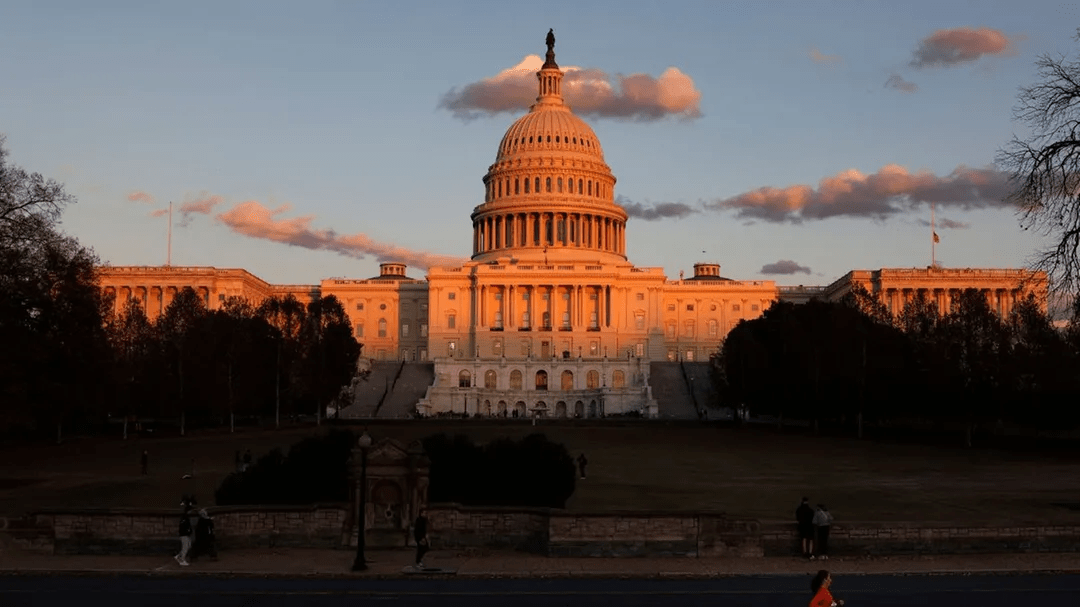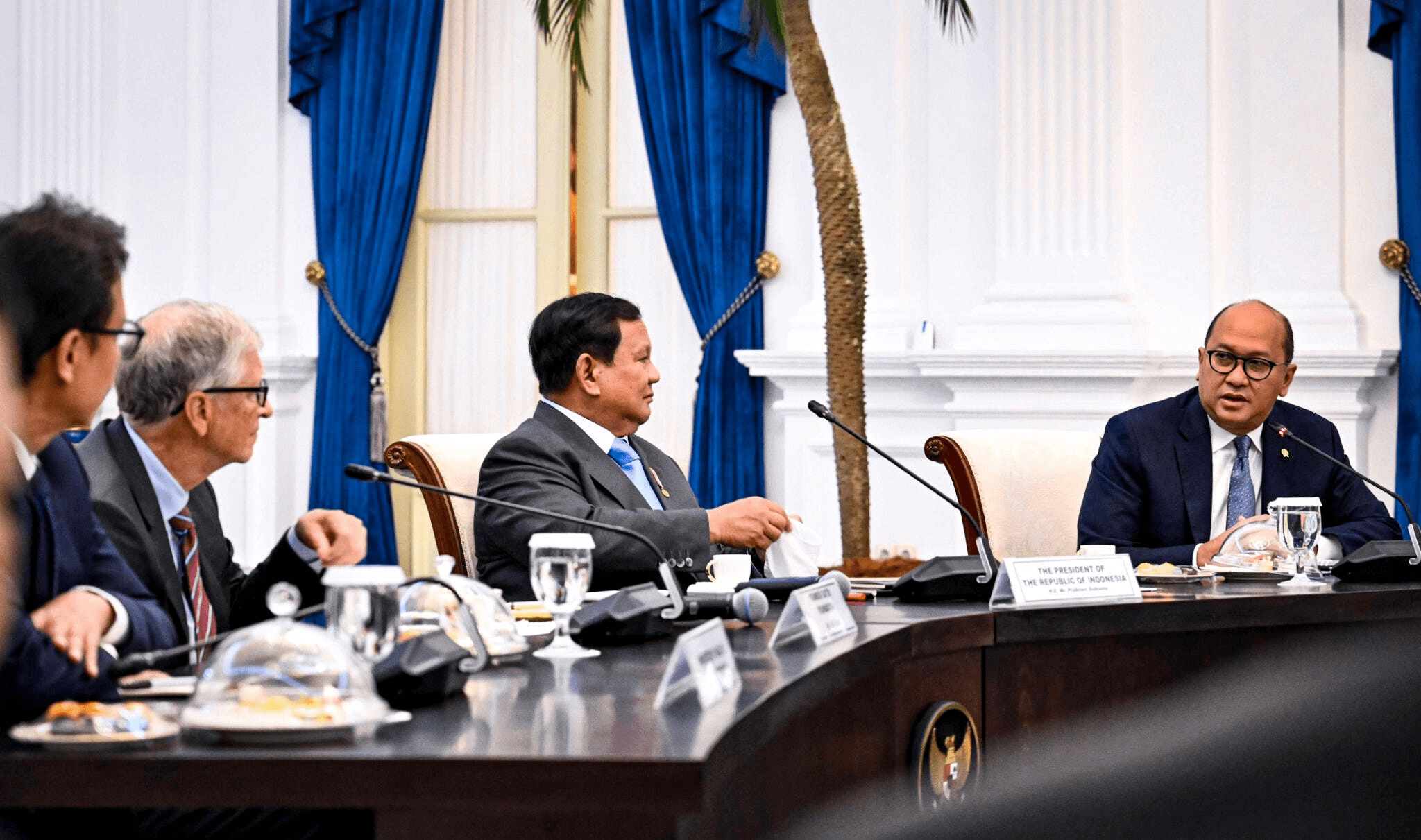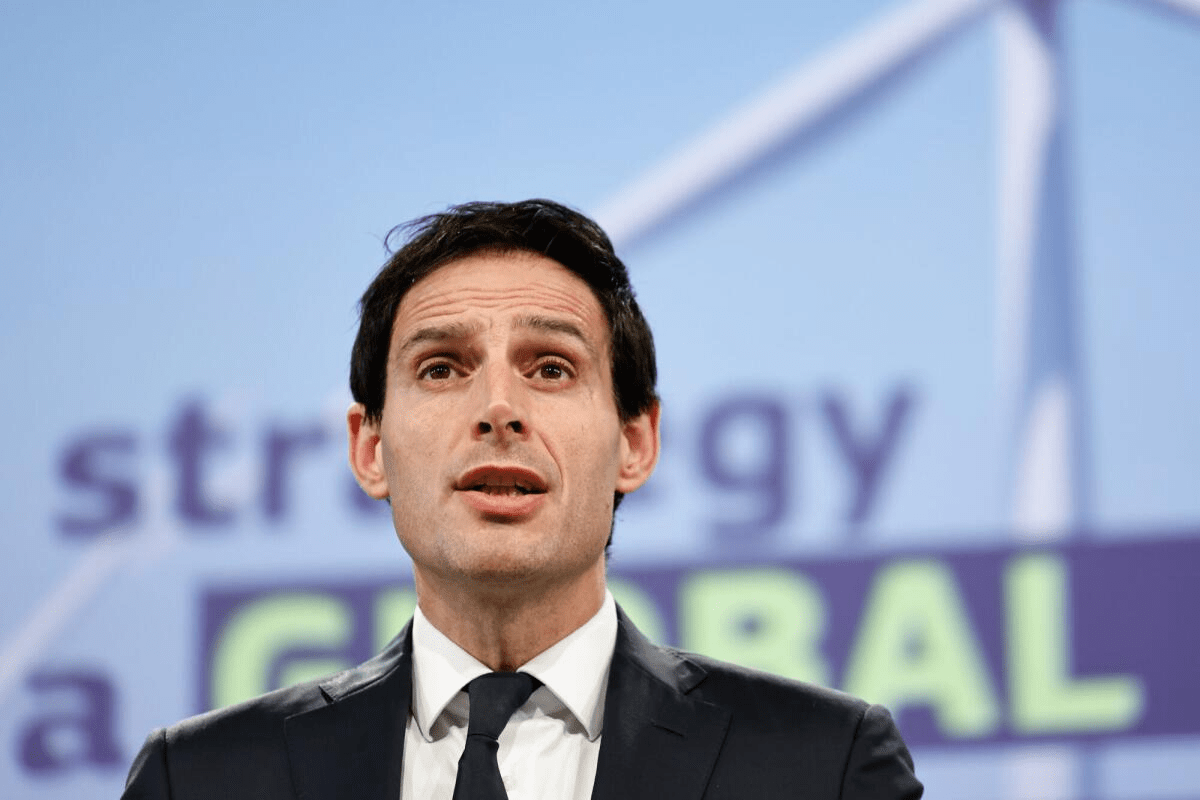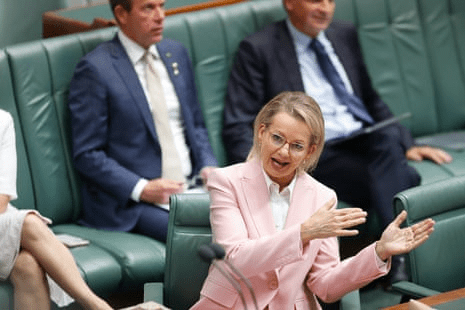House vote to reopen government after weeks of stalemate
The United States House of Representatives has advanced a bill to end a record 43-day federal government shutdown, easing a political crisis that has disrupted services, delayed paycheques and rattled markets. The legislation cleared a key threshold in the chamber early Thursday in Washington after days of frantic talks, with enough lawmakers voting “yes” to ensure passage as the roll call continued. The vote followed a 53-day recess for House members that had drawn sharp criticism from public sector unions and business groups as agencies struggled to operate on contingency plans. Lawmakers returned under intense pressure from state governors, federal workers and defence officials who warned that the prolonged shutdown was eroding public trust in basic governance.
The bill is designed to restore funding to shuttered agencies and bring hundreds of thousands of furloughed employees back to work. While full details of the compromise were not immediately released, the measure represents a rare moment of cross-party cooperation in a Congress that has been locked in bitter disputes over spending, immigration and foreign aid. Analysts say the shutdown, the longest in U.S. history, has already inflicted billions of dollars in lost output, with delayed contracts, stalled infrastructure work and a backlog of regulatory approvals stretching across sectors from aviation to healthcare. Business lobby groups have warned that repeated budget showdowns are undermining the country’s reputation as a predictable, rules-based economy.
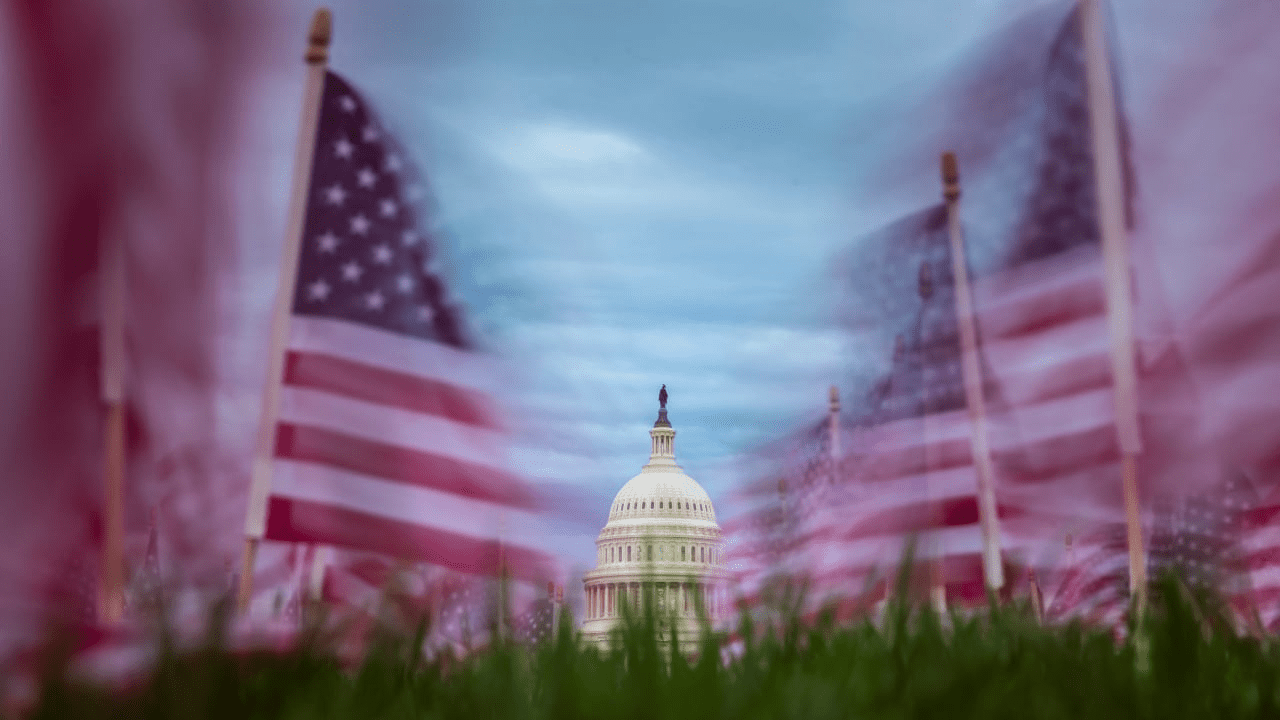
Negotiations sped up after warnings from ratings agencies and bond markets that a prolonged shutdown could weigh on U.S. growth and complicate the Federal Reserve’s efforts to steer the economy through high borrowing costs. State and local officials have also complained about delayed federal transfers for education, disaster relief and social programmes, forcing them to raid reserves or cut services. At airports, unions reported increased stress on security and air-traffic staff who had been working without pay during the stoppage, reviving memories of earlier shutdowns that triggered flight delays and safety concerns.
Inside the Capitol, party leaders faced a balancing act between appeasing hardliners and passing a bill that could clear both chambers of Congress. The House vote suggests that enough lawmakers were willing to accept a short-term fix to reopen government while larger arguments over deficit levels and policy riders continue. The measure now heads to the Senate, where leaders have signalled they are unlikely to reject a bill that ends an increasingly unpopular shutdown. If approved there, it would go to the president’s desk, where the White House has hinted it would not stand in the way of a deal that restores normal government operations.
Even as the legislative logjam appears to break, the episode has left deep scars on federal institutions and the public mood. Many civil servants say they are considering leaving government work altogether after repeated funding crises in recent years. Charities and community organisations have reported higher demand for food and emergency assistance from families affected by delayed pay. Economists note that while much of the lost activity will be recouped once agencies reopen, some damage—such as postponed investments and eroded morale—cannot be easily reversed.
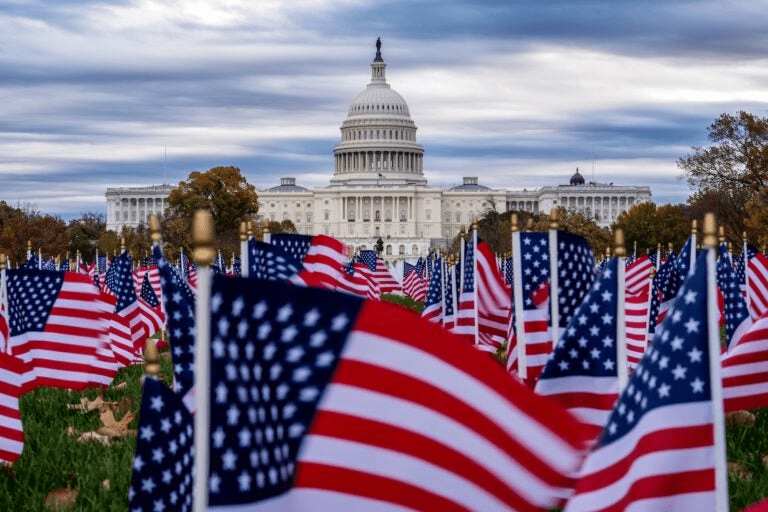
Political strategists are already calculating the fallout for next year’s elections. Parties are expected to trade blame over who forced the shutdown and who caved first, with attack ads likely to spotlight closed national parks, cancelled museum visits and shuttered immigration courts. The episode has also strengthened calls from governance reform advocates for changes that would automatically keep government running at existing funding levels if Congress misses deadlines. For now, though, attention is focused on how quickly agencies can restart operations, process backlogs and reassure both domestic and international audiences that Washington remains capable of basic budgeting.

 TPW DESK
TPW DESK 